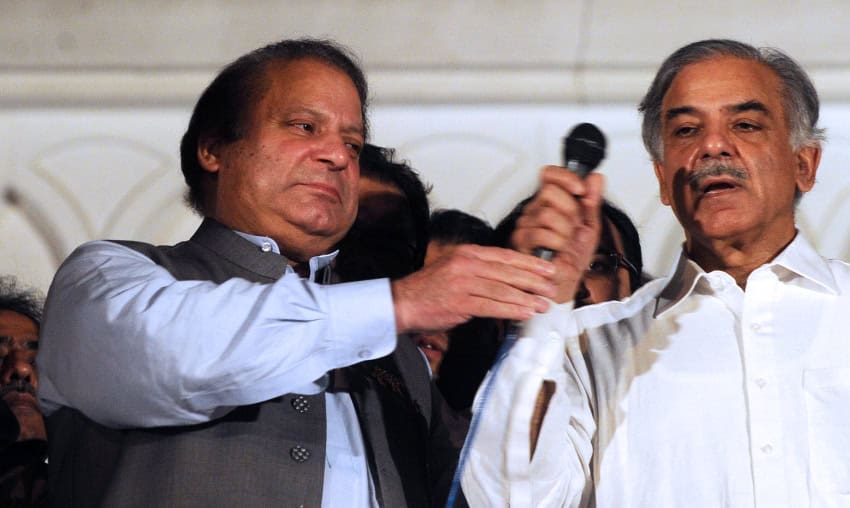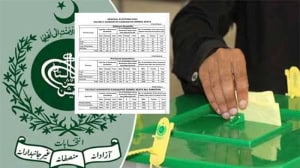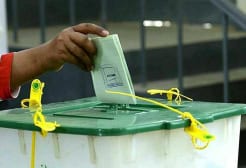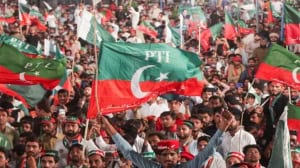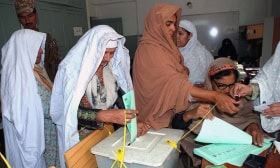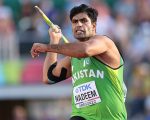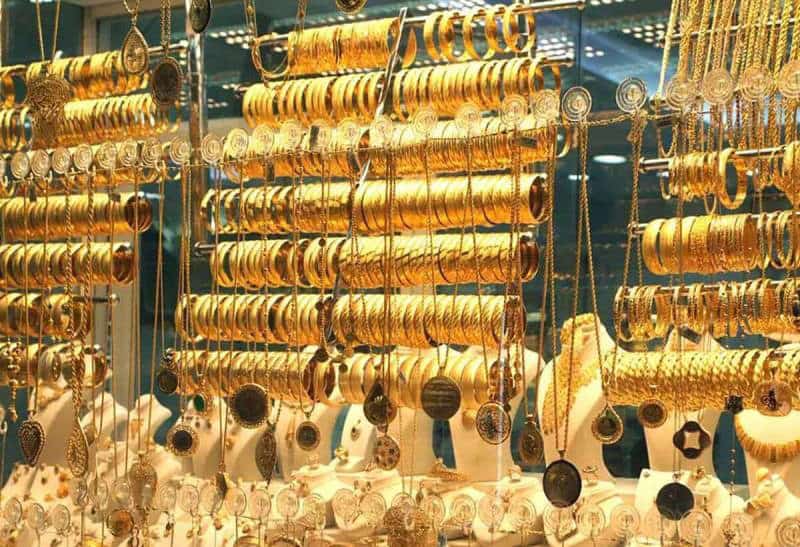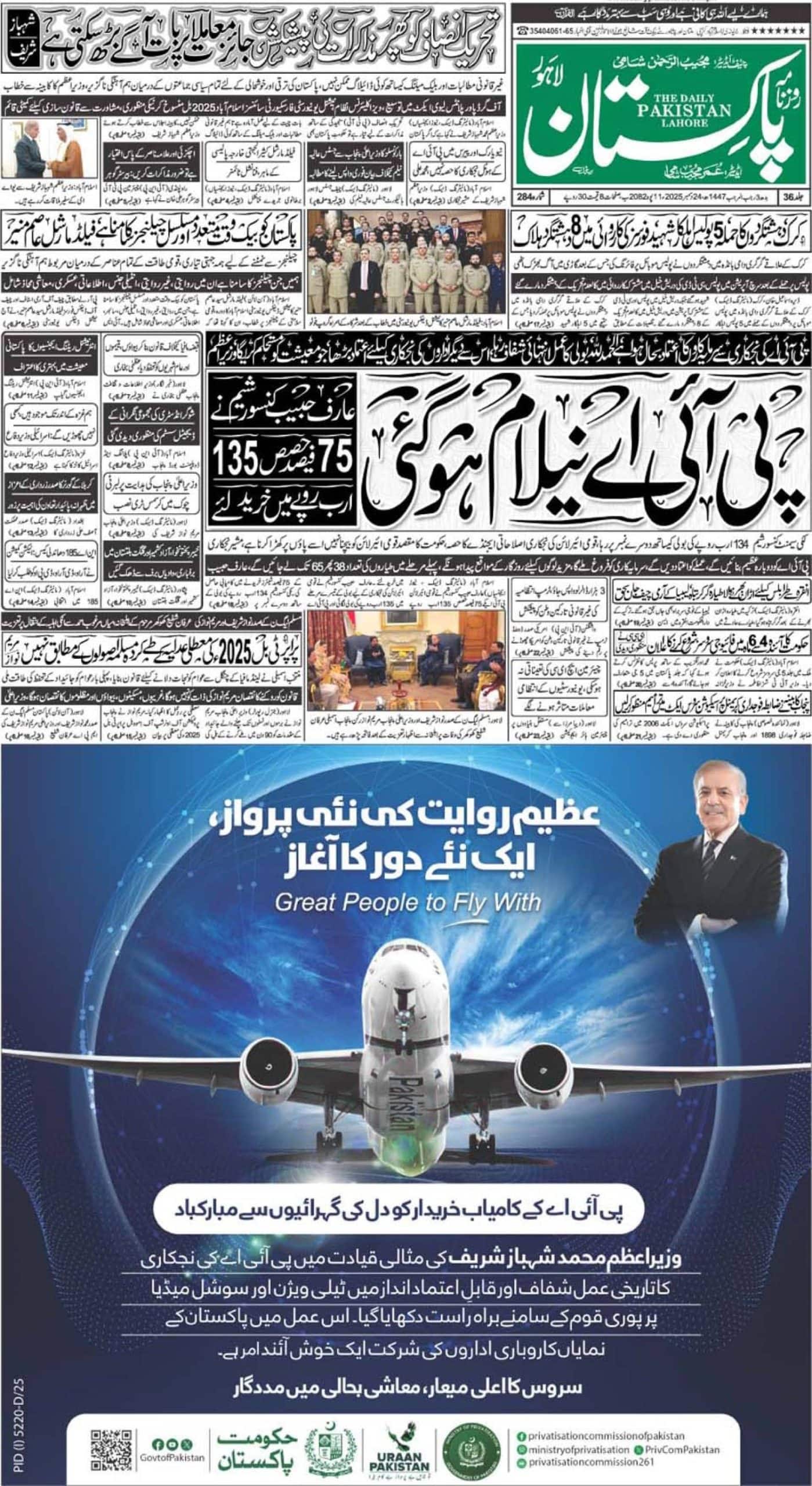ISLAMABAD – Entangled in legal battles and internal conflict, the embattled Pakistan Muslim League Nawaz is losing ground in the run-up to the upcoming elections, it has been revealed in the latest survey.
According to Gallup’s Pakistan chapter, a research organization which conducts surveys to judge the public opinion, Pakistan Muslim League Nawaz saw a reduction in voters trend in the last year as it has dropped to 26 percent in 2018, compared to 34 percent in the last year.
On the other hand, Pakistan Tehreek-e-Insaf, also witnessed a downward trend, however, it was not such massive as it dropped from 16 percent to 15 percent, over a span of one year.
Interestingly, Pakistan Peoples Party recorded a growth from 15 to 16 percent over the same period of time.

The survey by Pulse Consultant portrays a different picture in which PTI witnessed a growth in voters trend from 23 to 30 percent from 2017-2018.
Meanwhile, Pakistan Muslim League Nawaz saw a downward trend from 36 to 27 percent. Moreover, Pakistan Peoples Party also saw a growth from 15 to 17 percent.
Gallup questioned people during the span from May to June, with Pulse Consultants fixing the month of May to gauge the public opinion.
Who Will People Vote For
In the ‘Who Will People Vote For’ category, Pakistan Muslim League Nawaz overpowered Pakistan Tehreek-e-Insaf as the former was preferred by 26 percent of the respondents while 25 percent voted for PTI.
The difference in Punjab is stark as PML-N was preferred by 40 percent while 26 percent respondents voted in favour of PTI followed by 16 percent who preferred 16 percent.
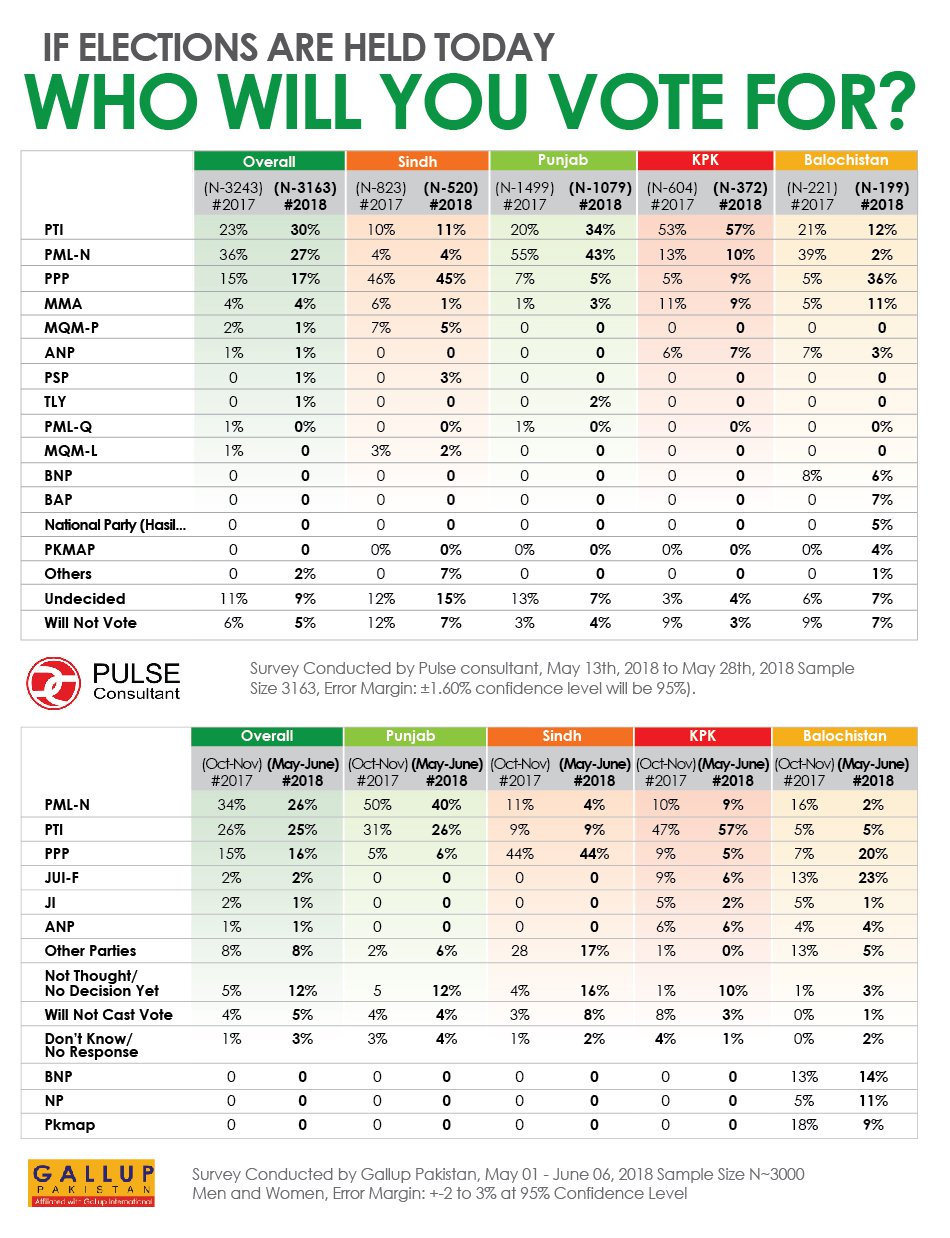
The Pulse Consultant survey puts PTI ahead of PML-N with 30 percent of public going for Imran Khan-led party while 27 percent throwing weight behind PML-N.
Punjab Voters Trend
The voters trend in Punjab – the stronghold of Pakistan Musim League Nawaz – also portrays a dismal picture for Shehbaz Sharif-led party as party’s popularity plummeted from 50 to 40 percent in the last year, according to Gallup’s findings.
PTI’s fame dropped from 31 to 26 percent for Punjab, the most populous province of Pakistan, with PPP witnessing an upward trend from 5 to 6 percent.

The Pulse Consultants survey depicts an altogether different story in which PML-N’s popularity dropped from 55 to 43 percent while PTI gained ground with a growth of 14 percent i.3 from 20 to 34 percent.
The IPOR survey paints PML-N in favourable light as PML-N outshines PTI with 51 percent respondents going for the party compared to 30 percent of PTI.
PPP remians at the last spot with a popularity of 5 percent.
KPK Voters Trend
In Khyber Pakhtunkhwa, the PTI gained popularity among voters in 2018, with 57% respondents polled by Gallup stating they would vote for the PTI, up 10% from 2017.
Moreover, the survey found 9% of respondents voting for the PML-N compared to 10% in 2017.

The Pulse survey showed a similar trend for the PTI in the province, with 57% respondents voting for the party in 2018 compared with 53% in 2017.
10% of voters preferred PML-N, which was a 3% decrease from 2017. Voter preference for PPP grew slightly in the province, rising to 9% in 2018.
Voters Trend in Sindh
In Sindh, the PPP remained the most preferred party. The Gallup poll found no change in voter preference for the party from 2017 and 2018, with 44% still stating they would vote for the PPP.
The PTI’s popularity among voters remained unchanged at 9%, while 7% fewer respondents said they would be voting for the PML-N in the province.

The Pulse survey also listed PPP as the preferred party of voters in Sindh with 45% of respondents saying they would vote for the party. The PTI saw a slight increase, with 11% of voters saying they would for the party. Voter preference remained unchanged for the PML-N at 4%.
How Balochs See Political Parties
There was a shift in preference in Balochistan, with the PML-N falling out of the top three in both Gallup and Pulse surveys. The main factor contributing to this significant decline is the government of the province being ousted in January.
The Gallup poll findings in the province showed 23% of respondents voting for the JUI-F, a 10% increase from the November 2017 poll.

The PPP also saw its popularity increase among voters with 20% preferring the party compared to 7% previously.
The popularity of the PTI remained unchanged at 5%.
The Pulse survey showed the PPP as the most preferred party for voters in Balochistan, with 36% of respondents. The PPP gained a significant 31% since the 2017 poll. The PTI was the preferred party for 12% of voters, a figure which was 21% in 2017. The JUI-F gained 1% from 2017.

